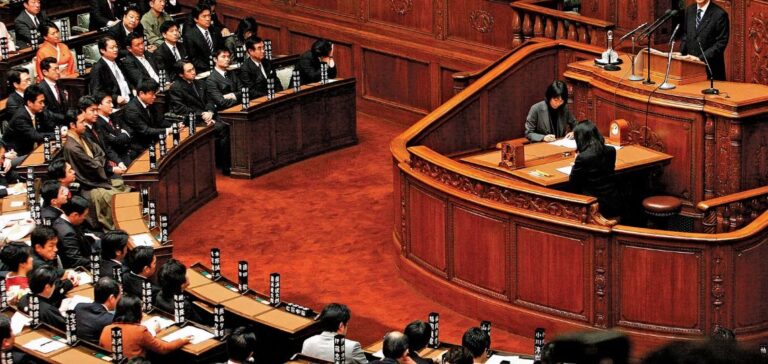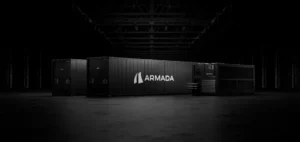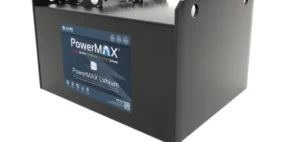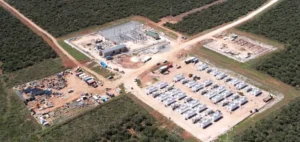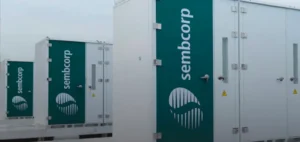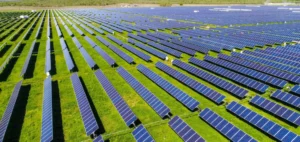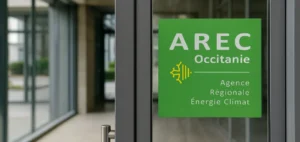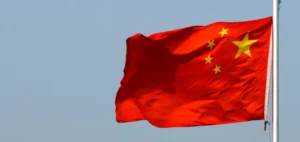The Japanese government plans to strengthen the role of electricity futures by requiring retailers to secure between 50% and 70% of their supply up to three years in advance. This proposal, which could take effect from fiscal 2030, aims to stabilise prices and offer generators greater visibility for fuel procurement and investment planning.
A market in transition after JERA contract expirations
Market dynamics are already shifting due to the upcoming March expiration of ten-year contracts between generator JERA and the retail units of Tokyo Electric Power Company Holdings and Chubu Electric Power Company. From that point on, JERA will be required to offer electricity to all retailers, either through bilateral agreements or the spot market, increasing the likelihood of greater use of derivatives to hedge price fluctuations.
Trading volumes are expected to rise significantly, attracting both domestic energy players and international financial institutions. The market could reach 2,500 terawatt-hours by 2030, according to several analysts, placing it among the world’s largest traded electricity markets.
Rising activity on EEX and TOCOM platforms
In the first nine months of the year, trading volume on EEX Japan, a subsidiary of the European Energy Exchange, doubled to 102.52 TWh, more than 20 times the level recorded in 2021. Meanwhile, Tokyo Commodity Exchange (TOCOM) volumes surged sevenfold to 3.96 TWh, significantly above 2020 levels.
JERA Global Markets Managing Director Hisaki Endo stated that the company uses such instruments for risk management and expects its trading team to double in size in the medium term.
Significant growth potential remains untapped
Currently, futures volumes represent around 0.2 times Japan’s annual electricity consumption, compared to a ratio of 12 to 13 in Germany. This margin for expansion is reinforced by Japan’s inability to import electricity from neighbouring countries, increasing the need for a robust domestic market.
European Energy Exchange has recently expanded its offerings with contracts aligned to Japan’s fiscal year. TOCOM is also planning to launch new contracts for the Chūbu region, along with a service linking the Japan Electric Power Exchange spot market to futures trading.
Market growth tied to structural reforms
However, the development of the market may depend on other initiatives, including the 2028 launch of a medium- to long-term physical power market and the second phase of Japan’s national carbon emissions trading system next year.
EEX Japan Chief Executive Officer Bob Takai stated that uncertainty around emissions allowance pricing may be causing caution among some market participants, while the structure of the future physical market has yet to be finalised. Depending on its design, the new market could either complement or compete with existing futures trading.


